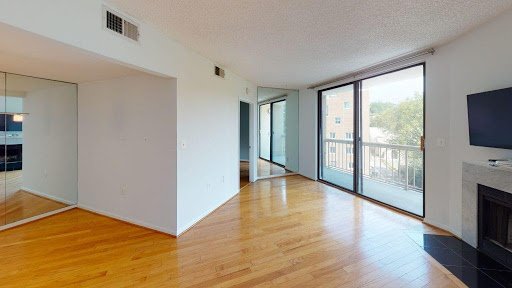flooring considerations
Ensuring Rental Property Accessibility for All: Key Considerations

Ensuring Rental Property Accessibility for All: Key Considerations
When managing a rental property, ensuring accessibility is not only a legal requirement but also a moral responsibility. This guide explores essential considerations for landlords to make their properties accessible to all tenants, regardless of their mobility or special needs.
1. Legal Requirements and Compliance
The foundation of rental property accessibility is understanding and adhering to legal requirements. Landlords must familiarize themselves with accessibility laws and regulations that vary by jurisdiction. Compliance with these laws ensures that the property meets the necessary standards for accessibility, protecting landlords from legal complications.
2. Entryways and Exits: A Seamless Experience
The entry and exit points of a rental property should provide a seamless experience for tenants with mobility challenges. Installing ramps or ensuring step-free entryways facilitates easy access. Additionally, well-maintained paths and driveways contribute to a safe and accessible environment for all tenants.
3. Interior Layout and Maneuverability
The interior layout of the rental property plays a crucial role in accessibility. Consider the placement of furniture, the width of doorways, and the overall maneuverability within the living space. A spacious and thoughtfully designed interior allows tenants with mobility aids or wheelchairs to navigate comfortably.
4. Accessible Bathroom and Kitchen Features
Prioritizing accessible features in the bathroom and kitchen is essential. Lever-style door handles, grab bars, and a roll-in shower or accessible bathtub enhance bathroom accessibility. In the kitchen, consider lower countertops and accessible storage to ensure that all tenants can comfortably and safely use these spaces.
5. Lighting and Visibility
Proper lighting is essential for creating an accessible environment. Well-lit pathways, entrances, and common areas reduce the risk of accidents and enhance visibility for tenants with visual impairments. Incorporating adjustable lighting options can accommodate tenants with specific visual needs.
6. Flooring Considerations
The type of flooring in a rental property can impact accessibility. Hard, smooth surfaces facilitate easy movement for individuals using mobility aids. Avoiding high-pile carpets and ensuring that floor transitions are level and secure contribute to a more accessible living space.
7. Communication and Signage
Effective communication is a key component of accessibility. Clear and visible signage with easy-to-read fonts assists tenants in navigating the property. Additionally, providing information in multiple formats, such as written and visual instructions, accommodates tenants with varying communication needs.
8. Outdoor Spaces and Recreational Areas
Accessibility extends beyond the interior of the property to outdoor spaces. Ensuring that outdoor areas are accessible allows all tenants to enjoy recreational spaces. Well-maintained pathways, seating areas, and consideration for landscaping that accommodates diverse mobility needs contribute to a fully accessible property.
9. Flexibility in Accommodations
Landlords should be open to making reasonable accommodations based on individual tenant needs. Whether it’s installing handrails, adjusting counter heights, or allowing modifications to the living space, being flexible and responsive to accommodation requests fosters an inclusive and welcoming rental environment.
10. Regular Accessibility Audits and Updates
Accessibility is an evolving aspect of property management. Conducting regular accessibility audits and implementing updates as needed ensures that
